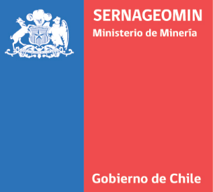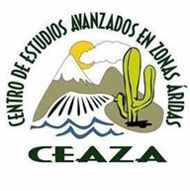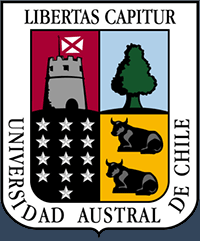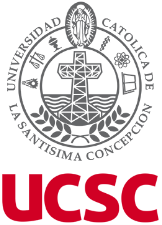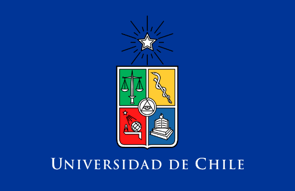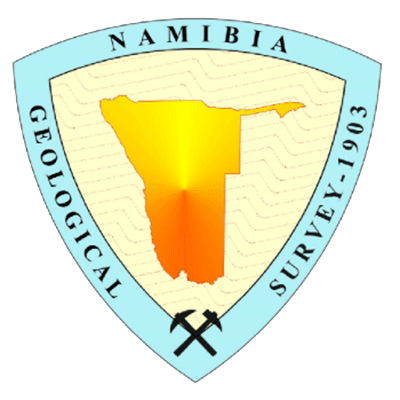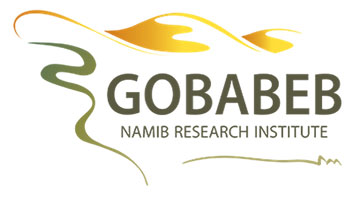Water is the defining feature of the habitable Earth; it is essential for all life as we know it. Evolution of life in extremely water limited environments, which cover significant portions on of the Earth, is not well understood. Akin to life, water-driven processes leave unique marks on the Earth’s surface. Mars is the only other planet known to bear the marks of water-driven surface processes, albeit fossil and of great age. The slow surface processes that may operate even in the virtual absence of liquid water are essentially unknown. What is evident is that transient episodes of increased water availability leave long lasting traces in extremely water limited environments. Intriguingly those traces of bursts in Earth surface evolution have rarely been related to bursts in biological colonization/evolution, and vice versa, although both relate to the same trigger: water.
The objective of the project is to pioneer the research on the mutual evolutionary relationships between Earth surface processes and biota. The target areas are arid to hyper-arid systems, where both biota and Earth surface process are severely and predominantly limited by the availability of water. In doing this we aim to isolate the key fingerprints of biological activity at the (water) limit of the habitable Earth, and to characterize the Earth surface processes operating in the (virtual) absence of liquid water (fog is present in many areas, runoff-creating precipitation is absent in many areas). We aim to characterize thresholds for biological colonization and concurrent fluvial transformation of landscapes, the tipping point(s) of biotically and abiotically controlled Earth surface systems, and establish detailed long-term terrestrial climatic records of the oldest and most arid zones on Earth. Chronometric and spatial information on the colonization and radiation of biota will be related to the landscape evolution and their common driver; climate.
In achieving these goals we foresee major contributions to emerging concepts of evolutionary lag time (e.g. Guerrero et al., 2013), the interplay between geographical barriers and species migration in response to climate change (e.g. Burrows et al., 2014), species diversification in response to climate and geological processes (e.g. Gillespie and Roderick, 2014), biogeomorphology (e.g. Corenblit et al., 2011) and the development and refinement of methodologies to date and determine rates of Earth surface processes and biological evolution.













